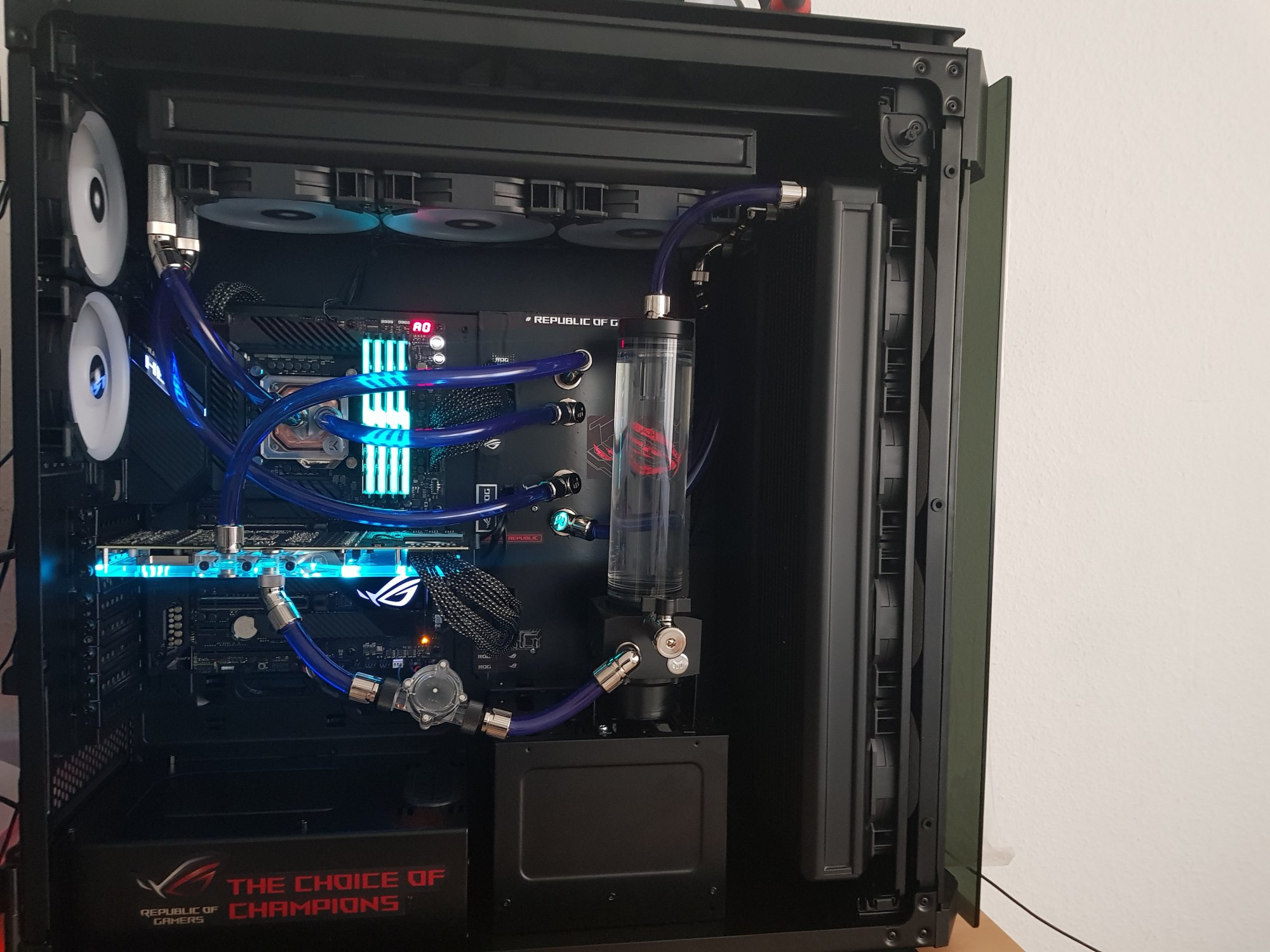Zabuzaxsta
n00b
- Joined
- Jan 19, 2012
- Messages
- 31
The title says it all...I have a decent amount of money set aside and I can get a uber nice, extremely fast pump (1000+ lph) or I can go with a slower pump. My intuition says faster would be better. For example, the faster air travels through a radiator, the better cooling you get, so it seems the faster water travels through a CPU/GPU block, the better cooling you would get. However, most of the guides I read say pump speed really isn't an issue, and to focus on getting a powerful enough pump to push water through all your components.
The only thing I can think of that's relevant is that higher-speed pumps would seem to impart more heat to the water. This would, of course, be bad. My setup is going to be a CPU and two xfire GPUs on an RX 240 (that's a double-thick radiator, FYI) and an RX 120 (again, double thick). The case I have doesn't allow for a 360mm rad, so I had to split them up. Regardless, I'm debating whether to run them on a single loop or a dual loop (single loop performance vs. dual loop awesome factor), but I was just wondering if pump speed really mattered in either setup.
I guess my basic question is this: why doesn't pump speed matter for cooling efficiency?
The only thing I can think of that's relevant is that higher-speed pumps would seem to impart more heat to the water. This would, of course, be bad. My setup is going to be a CPU and two xfire GPUs on an RX 240 (that's a double-thick radiator, FYI) and an RX 120 (again, double thick). The case I have doesn't allow for a 360mm rad, so I had to split them up. Regardless, I'm debating whether to run them on a single loop or a dual loop (single loop performance vs. dual loop awesome factor), but I was just wondering if pump speed really mattered in either setup.
I guess my basic question is this: why doesn't pump speed matter for cooling efficiency?
![[H]ard|Forum](/styles/hardforum/xenforo/logo_dark.png)




